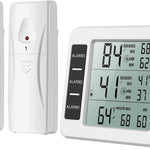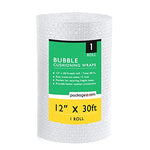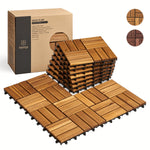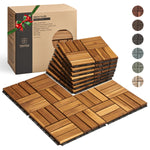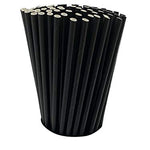You have no items in your shopping cart.
If you've ever come across the term "mil" and wondered what it means, you're in the right place. In this article, we'll unravel the mystery behind this unit of measurement and explore its various aspects. Whether you're a professional in engineering, military, or manufacturing, or simply curious about mathematical concepts, understanding what a mil is can be enlightening. Let's dive in!
The Basics of a Mil
To put it simply, a "mil" is a unit of measurement often used to represent angles, distances, or diameters. It is derived from the term "milliradian," where "mili" stands for one-thousandth and "radian" represents a standard unit of angular measurement. The mil is widely used in specialized fields where precise measurements are crucial.
The History of the Mil
The origin of the mil dates back to ancient civilizations where early astronomers and mathematicians used angles and circular measurements. However, the modern concept of the mil can be attributed to artillery and military science. During World War I, it gained prominence in artillery calculations and target sighting. Over time, its applications expanded beyond the military domain, finding its place in various disciplines.
Applications of the Mil
1. Military and Artillery
The mil found its initial and most prominent application in the military domain. Artillery units used mils to calculate angles, determine projectile trajectories, and make accurate long-range shots. It revolutionized targeting and improved precision during combat.
2. Engineering and Construction
In engineering and construction, the mil serves as a valuable tool for land surveyors, architects, and civil engineers. It aids in laying out structures, measuring angles, and ensuring precise alignments for various projects.
3. Manufacturing and Machining
In the manufacturing industry, the mil plays a vital role in machining processes. Engineers use it to measure distances and angles, ensuring the precise production of components and products.
4. Ballistics and Optics
The mil finds application in the field of ballistics and optics. It assists in scope adjustments for rifles, enabling shooters to compensate for bullet drop and windage with high accuracy.
5. Cartography and Navigation
Cartographers and navigators rely on the mil for map-making and navigation purposes. It helps in plotting routes, calculating distances, and creating accurate representations of geographical features.
Understanding Mil Conversion
Converting mils to other units of measurement is essential for practical applications. While the mil itself is a small unit, conversion to degrees or radians is often necessary. The formula for converting mils to degrees is relatively straightforward:
Degrees = Mils ÷ 17.778
And to convert mils to radians, you can use the following formula:
Radians = Mils ÷ 1000
Common FAQs about Mil
Q: What is the difference between a mil and a minute of angle (MOA)?
A: Both mils and minutes of angle (MOA) are angular measurements, but the mil system is based on the metric system, while MOA is based on the imperial system. One mil is approximately 3.6 MOA.
Q: Can the mil be used for measuring distance on a map?
A: Yes, the mil can be used for measuring distances on a map. By knowing the size of an object in the map legend and measuring its size in mils, you can calculate the distance to that object.
Q: Is the mil used in photography or cinematography?
A: Yes, the mil is used in certain photography and cinematography applications, especially in those requiring precise measurements for compositions and framing.
Q: Are mils used in astronomy?
A: Mils are not commonly used in modern astronomy. Instead, astronomers typically rely on degrees, arcminutes, and arcseconds for angular measurements.
Q: Is the mil an SI unit?
A: While the mil is not an official SI unit, it is widely accepted and used in various fields worldwide.
Q: How accurate is the mil compared to other angular measurements?
A: The mil is considered highly accurate for specific applications, especially in long-range shooting and military targeting.
Conclusion
In conclusion, the mil is a versatile and valuable unit of measurement used in diverse fields, including the military, engineering, manufacturing, ballistics, and more. Its historical significance in artillery and its practical applications in modern times make it an essential concept to understand. Whether you're a professional in a related field or an enthusiast seeking knowledge, knowing what a mil is can open doors to precision and accuracy. Embrace the mil, and let it guide you through the world of precise measurements.


